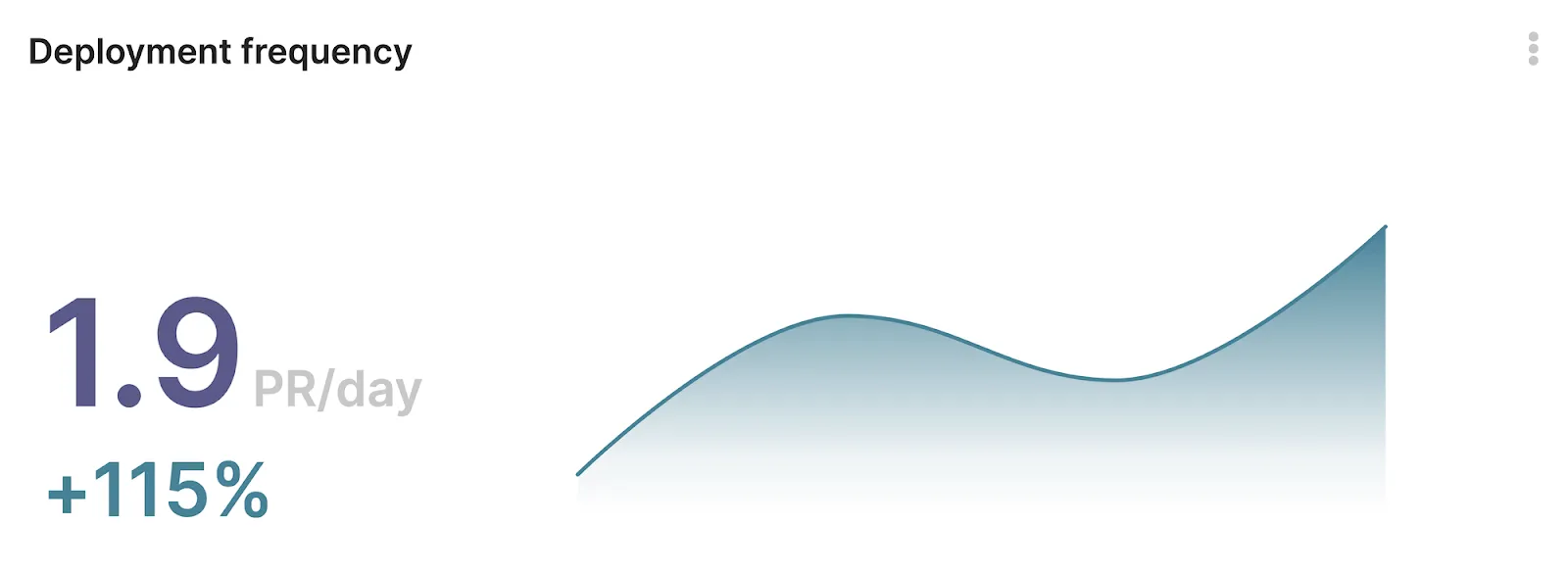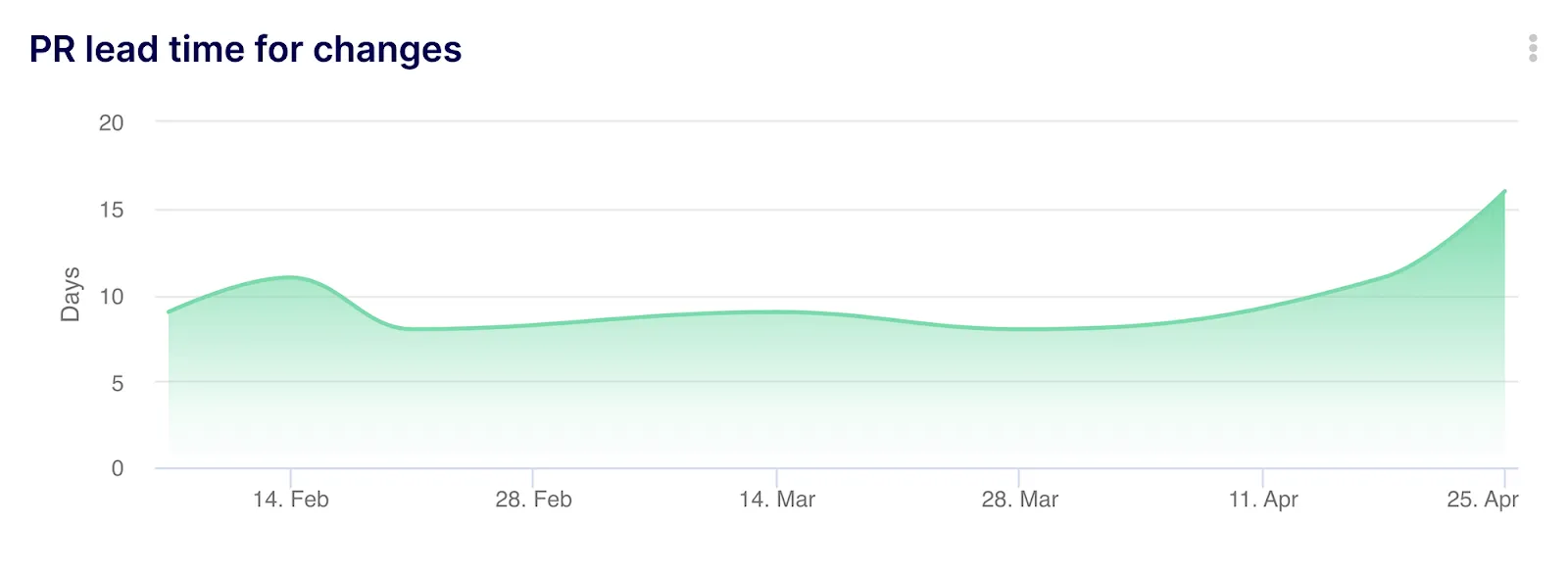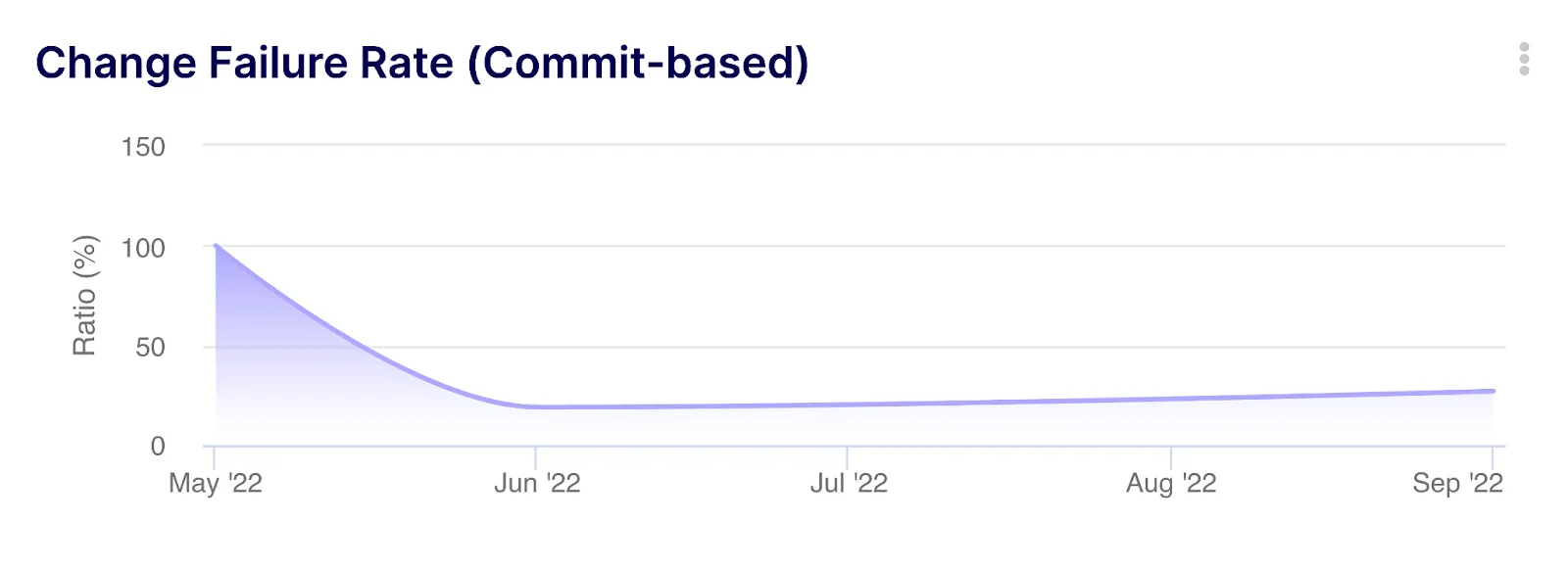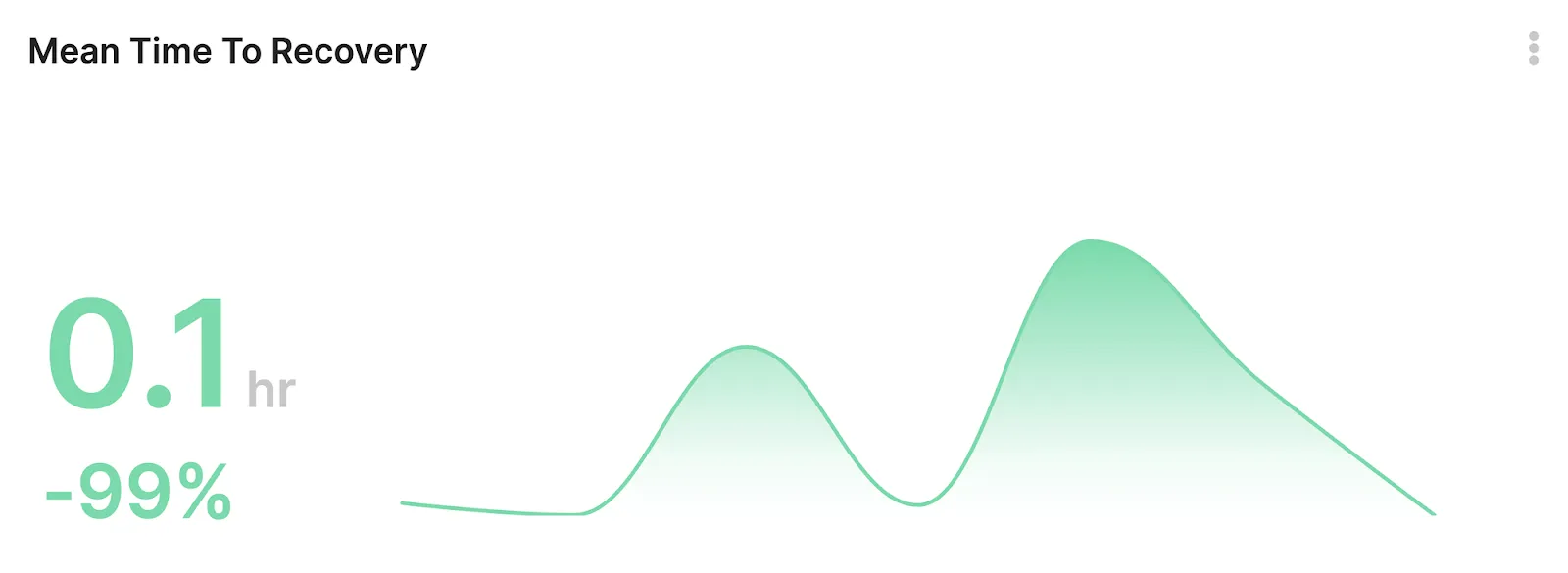What Is the People, Process, Technology Framework?

Why people process and technology are important to knowledge management in an organization?

Why people process and technology are important to knowledge management in an organization?

In today's fast-paced digital world, businesses must be agile in order to remain competitive. A People, Process, Technology (PPT) framework examines ways to streamline operations. This process evolved as a result of widespread adoption of CASE (computer-aided software engineering) tools and other management software in the 1990s. The increasing availability of these technologies has led to companies adopting them in piecemeal fashion instead of simply using them holistically to improve.
By applying this management framework, you can increase your company's workflow capacity and decrease inefficiencies. You can elevate the effectiveness and efficiency of your team by implementing the right PPT strategy. Explore this useful toolkit for software engineering management to discover how PPT can help your organization.
There are four main components to the PPT framework: people, process, technology, and timing. Each has its own set of considerations to take into account.
DevOps brings together development and operations to work side by side to ensure that a product meets its goals and deadlines. By definition, DevOps is an application of the People, Process, Technology framework applied to the software engineering organization. By aligning these two teams (People, DevOps enables a continuous cycle of software development, testing, deployment, and maintenance with the help of Process, Technology and Timing. This approach improves your software engineering efficiency and therefore accelerates time to market and reduces the risk of bugs or delays.
DevOps can dramatically increase the speed and quality of product iterations and releases by closely integrating these two functions. By implementing DevOps, organizations can respond more quickly to market demands, helping them stay competitive. By reducing the time it takes for code changes to be deployed, DevOps can also reduce the risk of downtime or other incidents in production environments. CI/CD and agile development practices are made possible by DevOps because it ensures that both development and operations are working in sync at all times.
Furthermore, DevOps allows teams to work more efficiently by reducing their reliance on manual processes such as handoffs between silos. As a result of this streamlined workflow, employees can move from idea to execution and completion more quickly, reducing overall costs and meeting deadlines.
People are the most important factor in DevOps. A company's culture plays a crucial role in its success, and building a DevOps team without taking into account the way people interact is impossible. Assessing your current people, process, and technology environment in DevOps is the best way to start. By doing this, you can determine where you need to focus your attention and adjust accordingly.
At the core of DevOps, PPT focuses on people. The organization's culture is its attitude toward customers and employees; people are its employees; and processes are the methods used to deliver value to them.
Ensuring that employees feel empowered to take action is perhaps the most important aspect of this framework. It is unlikely that employees will make decisions if they feel powerless to influence change or have a voice in decisions. Providing employees with information and resources is important for them to feel valued.
A culture of openness and collaboration is also essential for success. The ability to speak up when problems or new ideas for improvement arise can lead to more successful projects. Additionally, open communication breeds trust between all parties involved, which can further enhance the quality of work.
In DevOps, measuring processes is the most common improvement technique. This step combines measurement and analysis of collected data to determine how a process is performing. It’s usually performed on a regular basis to identify whether there are problems with the process and how it might affect the results.
In order to determine what's working and what isn't, you must collect the right set of data to facilitate process analysis. It may also involve interviewing people about their experiences with the process, taking notes from previous projects, or tracking metrics such as DORA. The next step is to analyze the data you collected. It involves looking at trends, comparing one part of the process to another, or putting it into context by comparing it to other processes or systems.
There is no one-size-fits-all technology stack for software development. It's important to keep track of the changing landscape and assess your organization's needs as new products and services are released every day.
At a high level, there are three main components of the software development tech stack:
Software Development Life Cycle (SDLC) management, software development process automation, and continuous integration (CI).
You should also consider the following factors when assessing your overall tech stack:
organizational structure, technical skills and expertise, security budgeting and compliance policies, information-sharing/data-sharing policies, storage/archiving environments, network configuration, quality, scalability, and specific functional and feature requirements.
Despite the fact that each organization's needs are unique, it's important to understand how each component contributes to the overall project and team. You can make informed decisions about which areas are critical for long-term success by understanding the entire stack from top to bottom.
The DevOps organization is highly automated and combines the best practices of both software development and operations. To shorten time to market and provide faster feedback, it utilizes a continuous deployment pipeline, along with automated monitoring to detect problems early.
People, Process, and Technology are the three core pillars that make up the DevOps framework, and they must all be integrated in your organization.
Read on to see if you have these pillars in place.
In DevOps, PPT encourages collaboration and cross-functional teams. The goal of this kind of organization is to bring together people from different disciplines to work on the same project or product. An organization's DevOps framework relies on these tools to amplify people, process, and technology:
Applying best practices in the People, Process, Technology framework can improve one or more aspects of your organization.
An action is something you commit to doing as an individual or team, and then take small steps to accomplish it.
In DevOps, people's best practices might include sprints to incorporate user feedback, or status meetings or stand-ups at the start and end of every workweek to keep everyone informed. In the long run, small changes will have a bigger impact.
People's best practices can be organized into two categories: operational and strategic. You can start an operational best practice right away that will have a direct impact on your organization's day-to-day operations. Developing strategic best practices will help your organization's mission, vision, and goals in the long run. Hybrid best practices fall somewhere in between. A quarterly employee review or employee appreciation days can help improve employee engagement, for example.
In process best practices, actions are taken to design an efficient and effective process. Setting clear goals, creating a framework, and monitoring the effectiveness of the framework with key metrics are some of the steps involved.
The process is the glue that holds people and technology together. Team members must be equipped with the right tools, skills, and methodology to accomplish their tasks. In DevOps, process is characterized by automation, transparency, collaboration, and integration.
The goal of automation is to make your processes as efficient as possible by automating tasks as much as possible. A nightly build process could run automated tests on every commit before merging it into master, for example.
Transparency means that all team members are aware of what is happening at all times. They should be able to see who made which changes to applications and when they were deployed. By doing so, they are able to spot problems earlier and take action more quickly.
In collaboration, everyone works together toward common goals based on a culture of trust. In order to improve processes, they should always share ideas with each other.
Integrating your systems means bringing them all together so they work seamlessly. Make sure your systems use the same APIs or protocols to communicate.

As part of the PPT framework, technology facilitates people and day-to-day activities in DevOps. Automated monitoring, configuration management, centralized logging, and troubleshooting are just a few of the DevOps principles enabled by technology.
Faster time-to-market and better software development are made possible by technology.
Best practices for DevOps technology include:
A company's success is driven by its people, process, and technology. You can build a successful team by understanding each of these elements.
Tech leads need people to succeed. In addition to having good decision-making skills, they must also be able to communicate clearly. Furthermore, they should be able to mentor and work well in a team.
It is also important to consider the process. It is crucial for tech leads to understand how tasks are handled while keeping an eye on key metrics. As a result, they can make data-driven decisions more quickly and efficiently.
Last but not least, technology is also important. Tech leads should equip their team members with the right tools to facilitate shorter software development cycles while increasing product quality and efficiency.
Data-driven organizations track their business's health using metrics. Financial metrics, operational metrics, and customer metrics like revenue, profits, and sales are all included in this category. We’ve identified four engineering dashboards that help software teams to monitor and improve their performance, but we’ve decided to focus on the most tried-and-true one here.
Operational metrics in DevOps has risen in popularity through six years of DevOps Research and Assessment, also referred to as DORA Metrics.
You can assess and ultimately improve your engineering organization's performance by monitoring the following four key metrics:




These metrics, among others, can help you identify People, Process, Technology improvement opportunities as well as scale efficiencies in your organization.
Book a demo with us if you would like to have your PPT dashboard set up based on your unique company culture and processes.